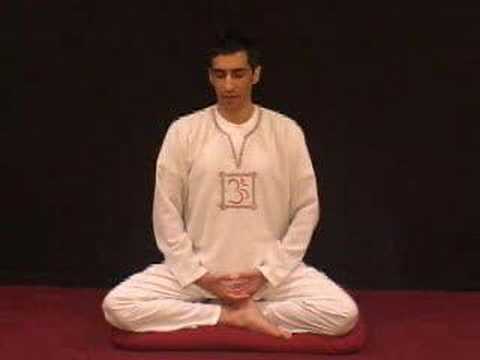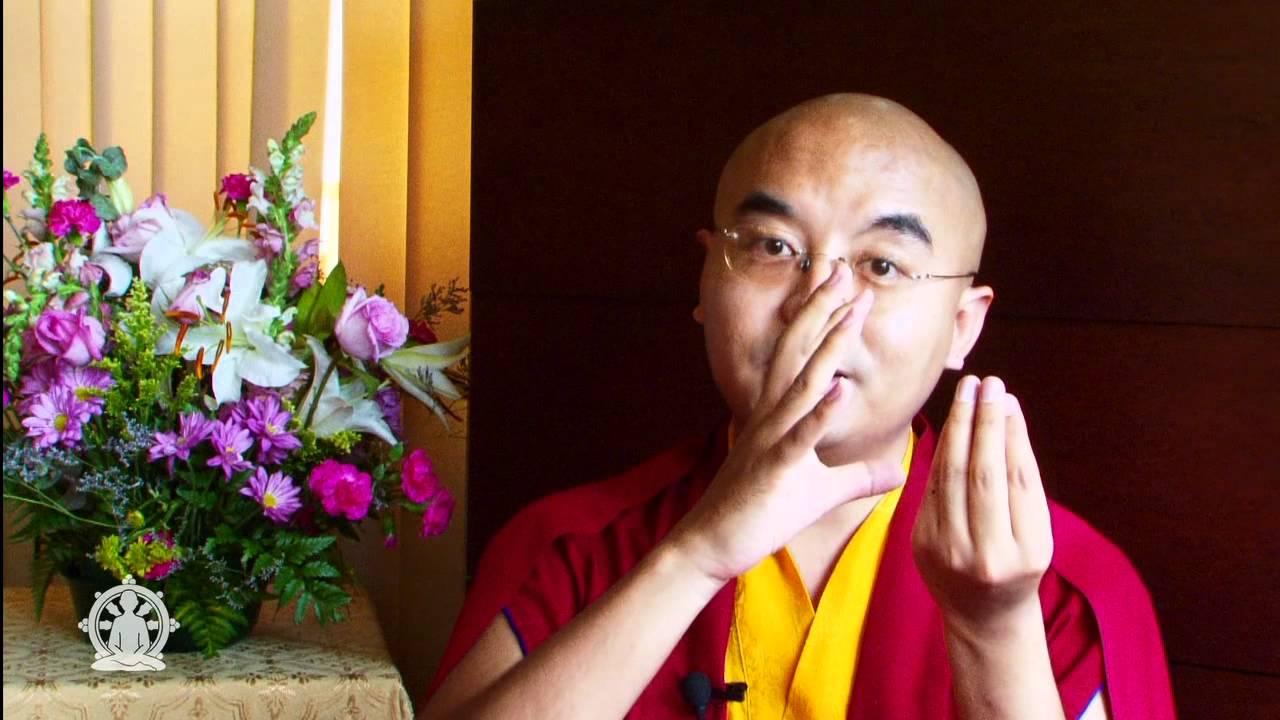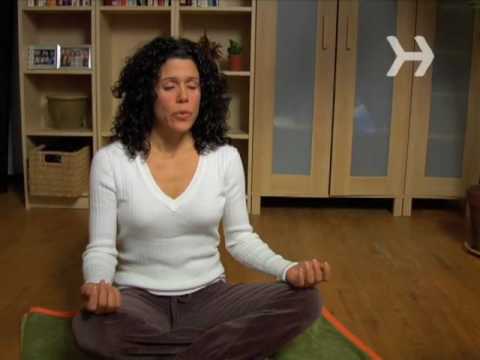Meditation :
https://itunes.apple.com/us/album/yoga-del-mar-yoga-music-nature/id513578382 Yoga Music, Nature Sounds Yoga Meditation, Tibetan Song, Yoga for Relaxation Med…

https://itunes.apple.com/us/album/yoga-del-mar-yoga-music-nature/id513578382 Yoga Music, Nature Sounds Yoga Meditation, Tibetan Song, Yoga for Relaxation Med…
Meditation as a whole and not just Buddhist meditation is a process that a person uses to quiet the mind and body so one can become away of a higher truth. Meditation has been incorporated in virtually all religions around the world. Of course not all religions use the actual term “meditation”, it can be referred to as praying the rosary and so on. Meditation is not always and does not need to be associated with religion. There are plenty of people that meditate daily who have no religious affiliation or even believe in God. Meditation can stand on its own without religion, do to the many health benefits both physically and psychologically. A successful meditation is when the mind becomes quiet without thoughts and the meditator is no longer aware of the body.
Buddhist meditation does not have the goal of contacting a religious figure, seeing the future or any other end goal such as this. In Buddhist meditation the mind and body are joined together as one. Through meditation the goal becomes “no goal” and the mind becomes silent with an increased awareness. Another way of stating this is, in meditation, meditation is performed for the sake of meditation and the cultivation of wisdom. The purpose of Buddhist meditation is to still the mind and stop the never ending flow of thoughts we all have. There are several different ways to perform Buddhist meditation. These Buddhist meditation techniques have been practiced for a long time and are proven to work. There are no right or wrong places to practice Buddhist meditation. It has been shown that when Buddhist meditation is practiced in a group that the meditation experience is much deeper. It is also known that when Buddhist meditation is practiced in the same place at the same time the meditation becomes deeper much faster. Of course these things are not required, but will only aid the meditator in the practice of Buddhist meditation.
There are a several passages from the Buddhist scripture that point to the fact that our mental states, thoughts and emotions are the determining factor to literally everything in our lives. If our thoughts and emotions lean towards hatred and contempt our worldly experiences will reflect this. The same is true if we lean towards peace, love and compassion, our world will reflect this. Buddhist meditation is turning inward away from the outside world and cultivating the inner world. By doing this the outer world we experience is transformed. With the practice of Buddhist meditation we most encourage certain inner states to grow and flourish. These states are concentration, calmness and focus.
There are several beginning ways to practice Buddhist meditation. The first is to concentrate on your breathing. Sit in a comfortable position with your spine straight, but not rigid. Next focus the mind with eyes closed on your breath coming in and out of your lungs. Do not try to control your breath, let it flow naturally. You may notice at first your breathing speeding up. Do not worry this is normal and will soon quiet down. You will also find that your mind wonders and thoughts come racing in. Again this is normal, just bring your concentration gently back to your breath coming in and out of your lungs. Try to practice this for about 20 minutes each day.
Another thing you can do is count the breaths as they come in and out. This is much harder then it sounds. With your eyes closed slowly count the in breaths for a period of 20 minutes. When you loose count, start again from one. This method can be rather fun, as you are challenging yourself to concentrate through the counting. Do not be discouraged if you can not get to 10 breaths counted without a lot of practice.
Another form of Buddhist meditation is the concentration on the flame of a candle. The idea is to fix your gaze on the upper tip of the flame and maintain it there. Concentrate on keeping your focus on this point of the candle and bring it back when your mind wonders.
Buddhist meditation is actually the second step in the three fold path of Buddhism. The first step in the Buddhist training are the five ethical precepts or guidelines on how to live a life without harming others or yourself. These five ethical precepts are as follows.
1. To undertake the training to avoid taking the life of beings.
2. To undertake the training to avoid taking things not given.
3. To undertake the training to avoid sensual misconduct.
4. To undertake the training to refrain from false speech.
5. To undertake the training to abstain from substances which cause intoxication and heedlessness.
Buddhist meditation becomes the second step after the first step has been committed to by the individual. The purpose of the first step is to create a simpler, healthier life without guilt’s and a clear conscience. The first step and Buddhist meditation lead to to the development of wisdom. With this development the person becomes aware of their true nature and the true nature of the universe.
A trained hypnotherapist for 13 years, practicing meditation since 1994. A trained yoga and meditation teacher, living on the road traveling the world since 2008.
View original article – How to Perform Buddhist Meditation.
More information – Learn to Meditate
Find More Buddhist Meditation Articles

For the most popular Meditation Teacher’s Training and Certification Course on the web, which includes this and many other meditation techniques visit – http…

https://secrets2meditation.com/goto/?url=http://www.facebook.com/NATUREPICTURESRELAXATIONMUSIC Music with beautiful images of the nature HD 16:9 (Photos taken by me, Images Of my Travels) ✿⊱╮ ♥ MEDI…
Video Rating: 4 / 5

www.yusuf-yusuf85.blogspot.com ALBUM Relax – Buddhist Meditation Music – Zen Garden – Kokin Gumi – Da New AGe – Chill Out – Lounge Music https://secrets2meditation.com/goto/?url=http://www.yusuf-yus…
Video Rating: 4 / 5

Buddhist Meditation: Lurking in Dark Blindness: Charlatan Buddhas
Buddhism claims enlightenment and illumination for its follower. It looks into the universe and inner self of the human being but understands nothing and comprehends nothing. It does not unveil the reason of our being, the reason of the universe and the ultimate reason for meditation.
Buddhists claim to look for truth. It purports for self-knowledge but blinds itself to the most real in the reality itself :God.
Buddhas, all these charlatans Buddhas have nothing understood, nothing comprehended, nothing seized, after all their efforts for meditation, they have missed on the most obvious truth: God.
Buddhists claim for the ‘destruction of selfish egotism’, but achieved nothing but immersed in their most egoist selfishness.
They aimed to depart from themselves and deny themselves to achieve absolute tranquility of the soul but they never departed from their own selves.
On the contrary they enhanced their egoist selfishness and strengthened their feelings of selfness. There is nothing more self centered than Buddhist meditation. Centering on point-object leads ultimately to center on ones’ own being for denying God means remaining in one’s own circle.
Denying God means centering on one’s own self as a God.
By denying God as they were instructed by their masters the charlatan Buddhas, Buddhists lurk in absolute darkness of their own cave of ignorance.
They cannot possibly be released and feed from their own prisons and achieve transcendence for they keep within their own selves.
How can a Buddhist be freed from his own cave if he cannot even acknowledge God, his creator and the creator of all his masters the blind Buddhas? How can Buddhists see into the universe while they are blind to God the creator? How can Buddhists look into themselves and no acknowledge their creator? What farce? What irony to take Buddha as a God while Buddha himself has denied God?
They make for Buddha shrines and temples, offerings on his altars, invoke his mercy and guidance, his help and assistance.
But they erect statues of stones that cannot speak to them, they cannot hear them and do not see them, and lesser still can answer their wishes and hopes.
How blind Buddhists are to look into the universe and not see God? They are not only blind and but are in utter ignorance of the cause creator of their object of meditation: the universe and themselves.
How can they be enlightened and awakened while they miss the light and guidance in their absolute un perishable forms God All Mighty?
But Buddhas in their darkness they lurk and so their followers, blind, ignorant souls of evil.
https://secrets2meditation.com/goto/?url=http://www.tergar.org ~ In this short teaching, Tibetan Buddhist meditation master Yongey Mingyur Rinpoche discusses the essence of meditation, and how learn…
Find More Buddhist Meditation Articles
If you want to experience serenity and happiness, Buddhist walking meditation is one path. It is achieved by bringing a moment to moment awareness (power of now) into your daily life. The walking meditation provides many benefits, takes only 15 to 20 minutes per day and is an easy 5-step process.
Benefits of walking meditation:
* Feeling sense of serenity and happiness
* Achieving a deeply relaxed state
* Naturally “letting go of thoughts” (of the past or future)
* Experiencing Law of Impermanence (all things rise and pass away – nothing permanent – (Anicca or Anitya in Sanskrit)
* Feeling compassion and loving-kindness for all sentient beings
Walking meditation instruction:
General note: Wear comfortable clothing and choose a location (a seashore, a park, a quite neighborhood, your backyard, etc. Allow about 15 – 20 minutes for walking meditation.)
1. Keep your eyes open and start ‘conscious breathing’ by breathing in through your nose and breathing out through you mouth. Be sure to make the breathing audible.
2. Start walking at your normal pace (you can walk in a circle – no beginning and ending or you can walk forward and come back). After a while you might naturally walk slowly. NOTE: There is no destination only the journey.
3. Observe your breathing and allow all thoughts to come about. You might notice how your mind takes you to the past (by remembering something from the past or by trying to re-write ‘history’) or takes to the future (planning something in the future, imagining, day dreaming, etc). It is important that you do not try to get rid of all your thoughts. Letting go is a natural process that occurs by simply bringing awareness to your breathing, and thus into the present moment.
You might experience both thoughts and your breathing, and so you are in the present and observing your mind at work.
4. After you finish you walking meditation you can stay still or even sit down on a bench and close your eyes.
5. As you feel deeply relaxed, conclude your meditation with the loving-kindness mantra – Metta in Sanskrit. This should be done from the depths of your heart.
Loving-kindness Mantra (Metta as shared by Lama Surya Das) May all beings be happy, content and fulfilled, May all beings be healed and whole, May all beings have whatever they want and need May all beings be protected from harm and free from fear, May all beings be awakened, liberated and free, May there be peace on earth and the entire universe. As you continue doing walking meditation daily, you will achieve serenity and happiness by bringing yourself to the present moment (power of now). By using loving-kindness mantra (Metta), you will start cultivating compassion towards all sentient beings. The 5 step processes will make a profound difference in your life.
May you be happy!
Spencer Isaac – is a 4th generation Shamanic Healer, Massage Therapist and author. Spencer was initiated by Spiritual Elders in Kazakhstan and receives guidance through his Spirit Guides. He uses 41 Kumalak (Ancient Kazakhstan Shamanic Divination oracle) to provide accurate insights and guidance for your questions including relationships, health, career, and business affairs. Spencer is a clairvoyant and clairsentient and has practiced Buddhist meditation for over 8 years. He is also a massage therapist – and offers Massage Therapy (including many styles to suit your needs such as Swedish Relaxation and Hot Stone Massage), Energy Healing, and Shamanic Healing in Vancouver, Canada

Watch more Learn about Meditation videos: https://secrets2meditation.com/goto/?url=http://www.howcast.com/guides/412-Learn-about-Meditation Subscribe to Howcast’s YouTube Channel – https://secrets2meditation.com/goto/?url=http://howc.st/uL…